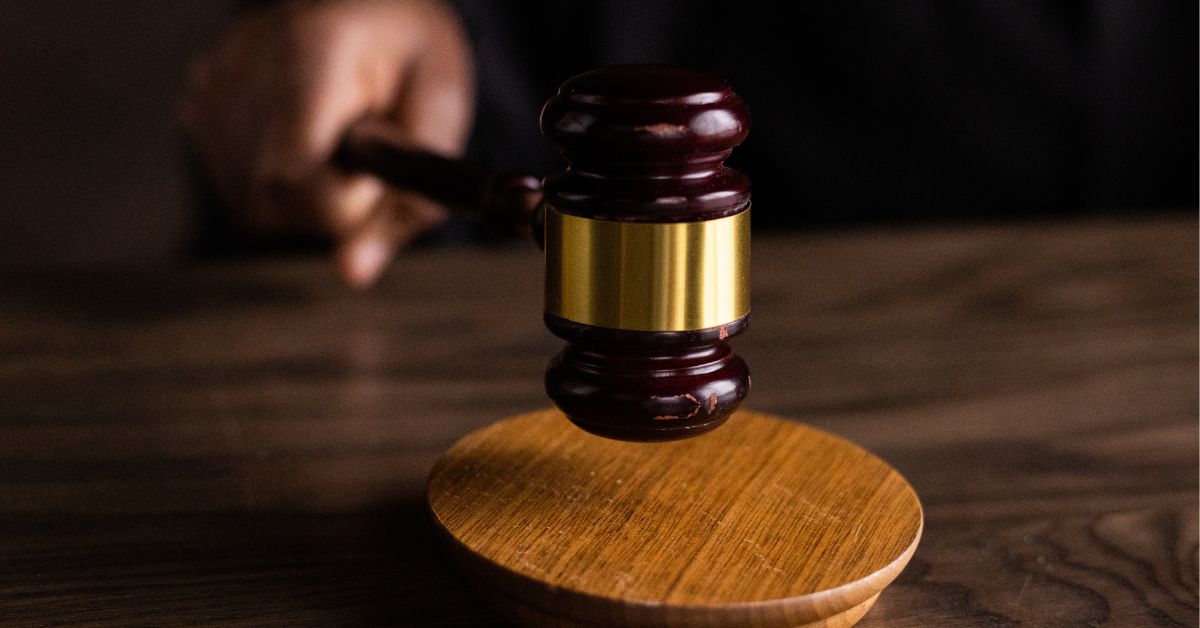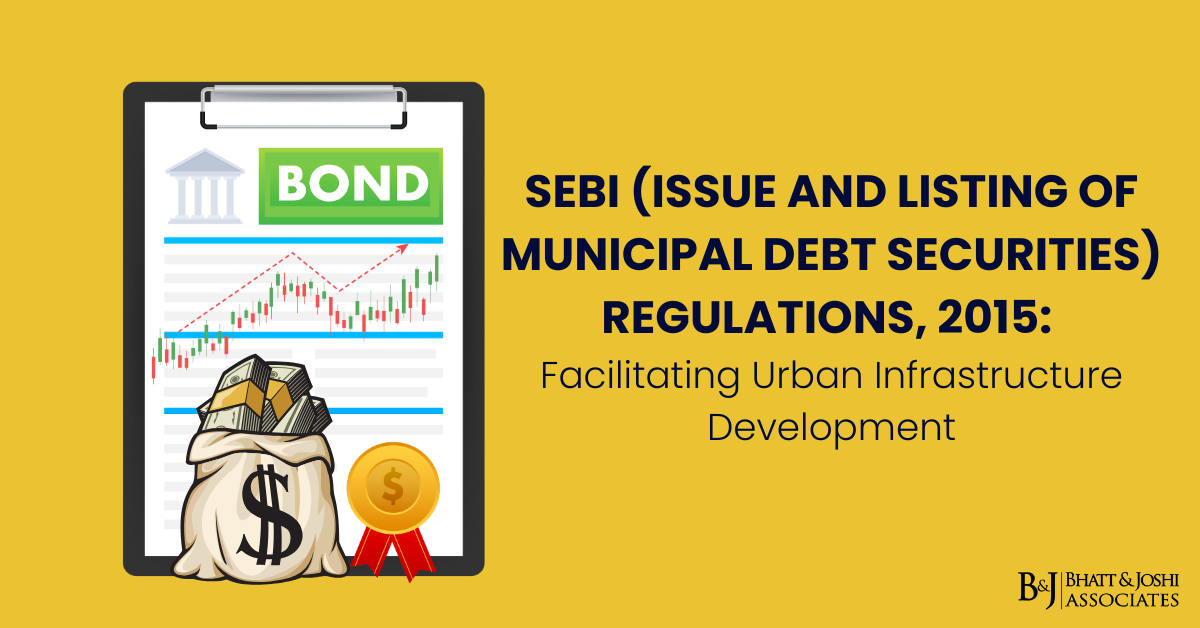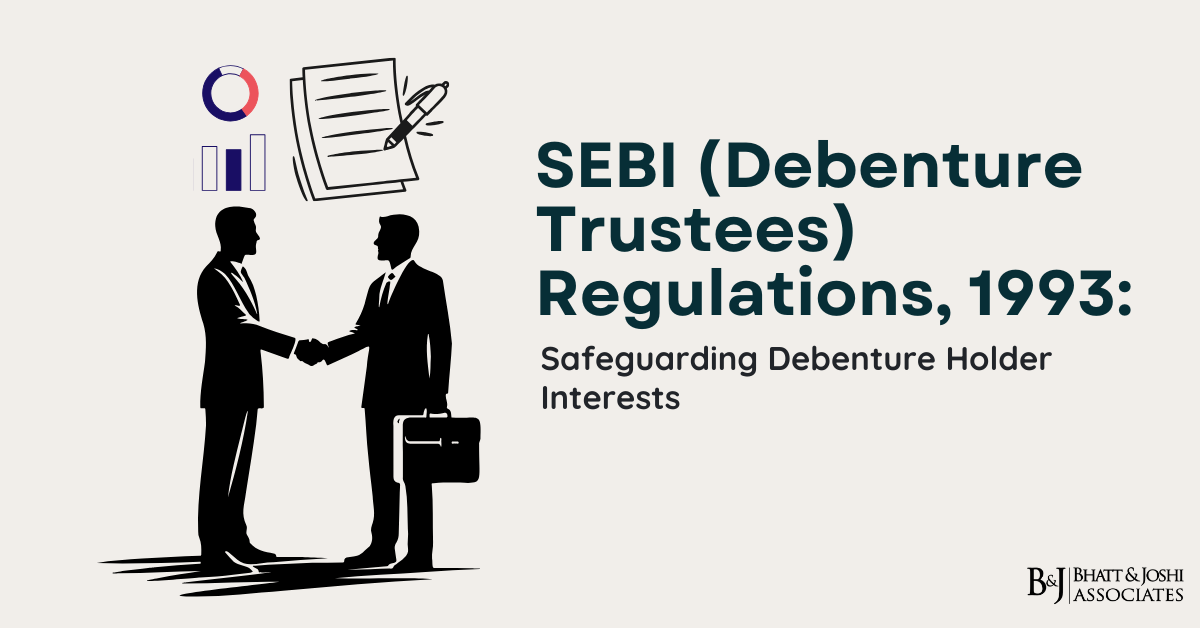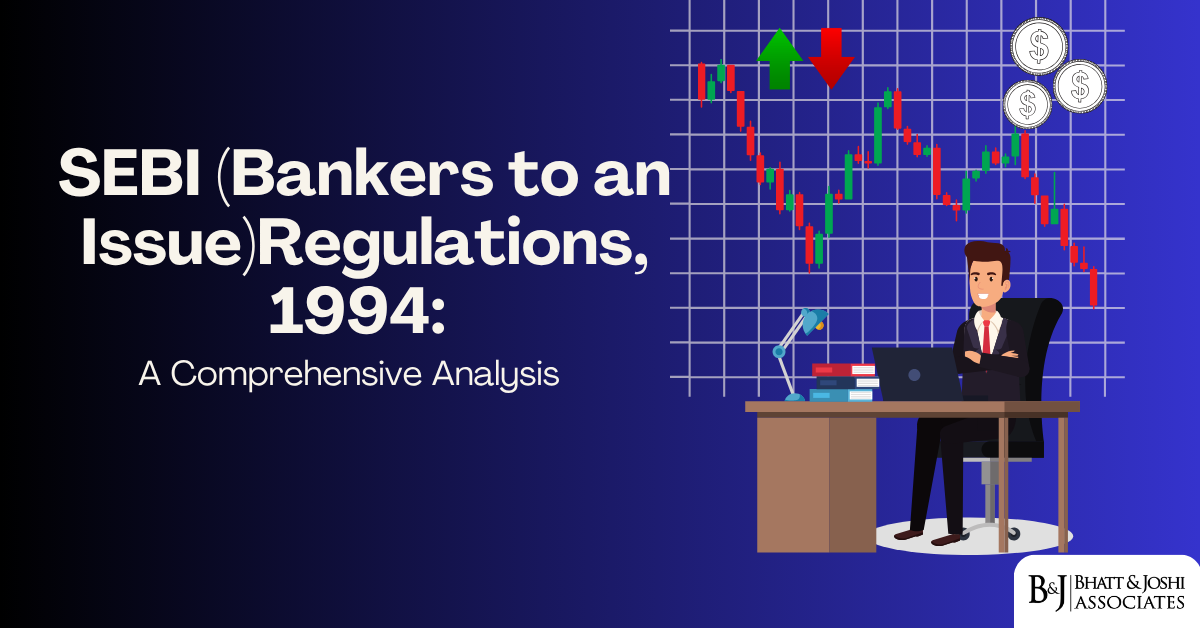Introduction
The procedural framework governing civil litigation in India finds its foundation in the Code of Civil Procedure, 1908, which serves as the cornerstone for ensuring orderly and efficient administration of justice. Among its various provisions, Order VII Rule 11 CPC stands as a critical procedural safeguard that empowers courts to filter out frivolous and vexatious litigation at the threshold stage. The Supreme Court of India, in its recent interpretation delivered on November 30, 2023, in Eldeco Housing And Industries Limited v. Ashok Vidyarthi And Others [1], has reaffirmed the fundamental principle that no amount of evidence or merits of controversy can be examined at the stage of deciding an application for rejection of plaint under Order VII Rule 11 of the Code of Civil Procedure, 1908. This judicial pronouncement represents a significant restatement of procedural law, emphasizing the courts’ duty to maintain strict adherence to established legal principles while examining applications for plaint rejection. The decision underscores the importance of procedural integrity in civil litigation and reinforces the legislative intent behind empowering courts to summarily dismiss suits that fail to meet basic legal requirements.
Legal Framework and Statutory Provisions
The Verbatim Text of Order VII Rule 11
Order VII Rule 11 of the Code of Civil Procedure, 1908, provides the statutory framework for rejection of plaints and reads as follows:
**”11. Rejection of plaint. – The plaint shall be rejected in the following cases- (a) where it does not disclose a cause of action; (b) where the relief claimed is undervalued, and the plaintiff, on being required by the Court to correct the valuation within a time to be fixed by the Court, fails to do so; (c) where the relief claimed is properly valued, but the plaint is returned upon paper insufficiently stamped, and the plaintiff, on being required by the Court to supply the requisite stamp-paper within a time to be fixed by the Court, fails to do so; (d) where the suit appears from the statement in the plaint to be barred by any law; (e) where it is not filed in duplicate; (f) where the plaintiff fails to comply with the provisions of rule 9:
Provided that the time fixed by the Court for the correction of the valuation or supplying of the requisite stamp-paper shall not be extended unless the Court, for reasons to be recorded, is satisfied that the plaintiff was prevented by any cause of an exceptional nature from correcting the valuation or supplying the requisite stamp-paper, as the case may be, within the time fixed by the Court, and that refusal to extend such time would cause grave injustice to the plaintiff.”** [2]
This provision establishes six distinct grounds upon which courts are mandated to reject plaints, each serving a specific purpose in maintaining the integrity of civil proceedings and preventing abuse of the judicial process.
Legislative Intent and Judicial Philosophy of Order VII Rule 11
The underlying legislative philosophy of Order VII Rule 11 reflects a careful balance between ensuring access to justice and preventing misuse of judicial resources. The provision serves as a procedural filter designed to eliminate suits that are fundamentally flawed or lack legal merit from the outset. As observed by the Supreme Court in Dahiben v. Arvindbhai Kalyanji Bhanusali [3], the remedy under Order VII Rule 11 constitutes “an independent and special remedy, wherein the court is empowered to summarily dismiss a suit at the threshold, without proceeding to record evidence, and conducting a trial, on the basis of the evidence adduced, if it is satisfied that the action should be terminated on any of the grounds contained in this provision.”
Judicial Interpretation and Landmark Precedents
The Kamala Standard: Limiting Judicial Examination
The Supreme Court’s decision in Kamala and others v. K. T. Eshwara Sa and others [4] established crucial precedential guidelines that continue to influence judicial interpretation of Order VII Rule 11. The Court held that only the averments in the plaint would be relevant for invoking clause (d) of Order VII Rule 11, emphasizing that “for this purpose, there cannot be any addition or subtraction. No amount of evidence can be looked into. The issue on merits of the matter would not be within the realm of the Court at that stage.”
This precedent fundamentally restricts the scope of judicial examination during plaint rejection proceedings, ensuring that courts maintain focus solely on the pleadings as presented by the plaintiff. The Court further clarified that “at that stage, the Court would not consider any evidence or enter a disputed question of fact or law,” thereby establishing clear procedural boundaries for judicial intervention.
The Dahiben Doctrine: Identifying Vexatious Litigation
The Supreme Court’s comprehensive analysis in Dahiben v. Arvindbhai Kalyanji Bhanusali [5] expanded the jurisprudential understanding of what constitutes vexatious litigation under Order VII Rule 11. The Court observed that plaints attempting to create “illusory cause of action” through clever drafting should be rejected at the threshold stage. This decision established that courts must be vigilant against attempts to circumvent limitation periods or other legal bars through sophisticated pleading strategies.
The Court emphasized that judicial time is precious and that courts are duty-bound to reject vexatious plaints to avoid wastage of judicial resources. The decision clarified that the power of courts under Order VII Rule 11 is mandatory in nature and may be exercised at any stage of the suit, either before registering the plaint, after issuing summons to the defendant, or before conclusion of the trial.
Recent Developments: The Eldeco Clarification
The Supreme Court’s decision in Eldeco Housing And Industries Limited v. Ashok Vidyarthi And Others [6] represents the most recent authoritative interpretation of Order VII Rule 11 principles. The Bench comprising Justices Vikram Nath and Rajesh Bindal reinforced the established position that courts cannot examine evidence or merits during plaint rejection proceedings.
The factual matrix of the Eldeco case involved a Memorandum of Understanding entered into between the parties on August 31, 1998, for the sale of disputed property. The case demonstrates the practical application of Order VII Rule 11 principles in complex commercial disputes involving specific performance claims and issues of limitation under Order II Rule 2 of the Code of Civil Procedure.
Ground-wise Analysis of Order VII Rule 11
Clause (a): Absence of Cause of Action
The requirement that a plaint must disclose a cause of action represents the most fundamental criterion for maintainability of civil suits. A cause of action encompasses every fact that a plaintiff must prove to establish their right to judgment. The Supreme Court has consistently held that the test for determining whether a plaint discloses a cause of action involves reading the plaint meaningfully and as a whole, accepting all averments as true for the purpose of this examination.
The courts must determine whether, if all statements in the plaint are taken to be correct, a decree could be passed in favor of the plaintiff. This standard ensures that only suits with substantial legal foundation proceed to trial, while preventing waste of judicial time on fundamentally flawed claims.
Clause (d): Suits Barred by Law
Clause (d) of Order VII Rule 11 addresses situations where suits appear from the pleadings themselves to be barred by any law. This ground commonly applies in cases involving limitation periods, jurisdictional bars, or statutory prohibitions. The Supreme Court has emphasized that the determination of whether a suit is barred by law must be made solely based on the averments in the plaint, without reference to external evidence or written statements filed by defendants.
Recent judicial pronouncements have clarified that while limitation is generally a mixed question of fact and law requiring evidence, in cases where it is glaringly obvious from the plaint that the suit is hopelessly barred by limitation, courts should grant relief at the threshold stage rather than requiring parties to undergo full trial proceedings [7].
Procedural Requirements: Clauses (b), (c), (e), and (f)
The remaining clauses of Order VII Rule 11 address various procedural requirements essential for proper institution of civil suits. Clause (b) deals with undervaluation of relief claimed, while clause (c) addresses insufficient court fees. Clause (e) mandates filing of plaints in duplicate, and clause (f) requires compliance with Rule 9 regarding service of process.
These provisions reflect the legislature’s intent to ensure compliance with basic procedural requirements while providing opportunities for plaintiffs to cure technical defects before rejection. The proviso to Rule 11 demonstrates judicial recognition of the need for flexibility in cases involving exceptional circumstances that prevent timely compliance.
Procedural Safeguards and Judicial Limits under Order VII Rule 11
Mandatory Nature of Order VII Rule 11 Provisions
The Supreme Court has consistently held that the provisions of Order VII Rule 11 are mandatory rather than discretionary [8]. When grounds specified in clauses (a) to (f) are established, courts have no option but to reject the plaint. This mandatory nature ensures uniformity in application and prevents arbitrary judicial decisions that could undermine procedural certainty.
The mandatory character of these provisions serves important policy objectives, including deterrence of frivolous litigation, conservation of judicial resources, and protection of defendants from harassment through baseless claims. Courts must exercise these powers with appropriate care, ensuring strict adherence to the requirements enumerated in the rule.
Limitations on Partial Rejection
Recent judicial developments have clarified that plaints cannot be rejected in part under Order VII Rule 11. The Supreme Court in Kum. Geetha v. Nanjundaswamy [9] held that the approach of rejecting plaints partially is impermissible and contrary to well-entrenched principles governing Order VII Rule 11 applications.
This principle ensures that courts maintain focus on the overall viability of claims rather than engaging in piecemeal analysis that could lead to procedural complications and inefficient case management. The requirement for holistic evaluation of plaints promotes judicial economy and prevents fragmentation of proceedings.
Timing and Procedural Framework for Order VII Rule 11 Applications
Courts possess the authority to exercise powers under Order VII Rule 11 at any stage of proceedings before conclusion of trial. This flexibility allows for efficient case management while ensuring that defective plaints are identified and disposed of expeditiously. Applications may be filed by defendants or initiated suo motu by courts when apparent grounds for rejection exist.
The procedural framework requires that applications under Order VII Rule 11 be disposed of before proceeding with trial proceedings [10]. This sequencing ensures that courts do not waste resources on cases that are fundamentally flawed or legally untenable.
Contemporary Challenges and Judicial Responses
Abuse of Process and Clever Drafting
Modern litigation has witnessed increasingly sophisticated attempts to circumvent legal restrictions through clever drafting of pleadings. The Supreme Court has responded to these challenges by emphasizing substance over form in evaluating plaint rejection applications. Courts are empowered to look beyond superficial compliance with pleading requirements to identify cases where plaintiffs attempt to create illusory causes of action.
The judicial approach recognizes that mere technical compliance with pleading rules cannot shield fundamentally defective cases from rejection. This principle ensures that Order VII Rule 11 continues to serve its intended purpose of filtering out meritless litigation despite evolving advocacy strategies.
Balancing Access to Justice with Judicial Efficiency
The application of Order VII Rule 11 requires courts to maintain a delicate balance between ensuring access to justice and preventing abuse of judicial process. While the provision serves important gatekeeping functions, courts must exercise restraint to avoid premature dismissal of potentially meritorious claims based on technical deficiencies that could be cured through amendment.
The Supreme Court has recognized this tension and has emphasized that the power conferred under Order VII Rule 11 is drastic in nature and should be exercised with appropriate caution [11]. This approach ensures that legitimate claims are not unjustifiably dismissed while maintaining effective filters against frivolous litigation.
Impact on Civil Litigation Practice
Practical Insights and Litigation Strategy under Order VII Rule 11
The robust interpretation of Order VII Rule 11 by the Supreme Court has significant implications for civil litigation practice. Legal practitioners must ensure meticulous attention to pleading requirements, including clear articulation of causes of action, compliance with limitation periods, and adherence to procedural formalities.
Defense counsel increasingly utilize Order VII Rule 11 applications as primary litigation strategy, recognizing the potential for early termination of unmeritorious claims. This trend has led to more focused and efficient case management, with courts addressing fundamental legal issues at the threshold stage rather than after prolonged proceedings.
Evolving Standards of Pleading Practice
Recent judicial pronouncements have elevated standards for pleading practice, requiring greater precision and legal accuracy in plaint drafting. Lawyers must demonstrate clear understanding of substantive legal requirements and ensure that pleadings adequately disclose all elements necessary for establishing causes of action.
The emphasis on examining pleadings holistically rather than in isolation has encouraged more systematic approaches to case preparation and presentation. This development has contributed to overall improvement in the quality of civil litigation and more efficient resolution of disputes.
Regulatory Framework and Compliance Requirements under Order VII Rule 11
Integration with Court Fee and Stamp Duty Laws
Order VII Rule 11 operates in conjunction with various regulatory frameworks governing court fees and stamp duties. Compliance with the Court Fees Act, 1870, and relevant stamp duty legislation represents essential prerequisites for maintainable civil suits. The provision ensures that revenue interests of the state are protected while maintaining access to judicial remedies.
The procedural safeguards incorporated in clauses (b) and (c) of Rule 11 demonstrate legislative recognition of the need to balance fiscal compliance with substantive justice. Courts are empowered to provide opportunities for curing deficiencies while maintaining ultimate authority to reject non-compliant pleadings.
Jurisdictional Considerations and Forum Shopping
The application of Order VII Rule 11 plays a crucial role in addressing forum shopping and jurisdictional challenges in civil litigation. Courts utilize the provision to reject suits filed in inappropriate forums or those attempting to circumvent jurisdictional limitations through creative pleading strategies.
This function contributes to efficient judicial administration by ensuring that cases are heard in appropriate forums and that litigants cannot abuse procedural rules to gain unfair advantages through strategic venue selection.
Conclusion and Evolving Jurisprudence on Order VII Rule 11
The Supreme Court’s interpretation of Order VII Rule 11 in recent decisions reflects a mature understanding of the balance required between procedural efficiency and substantive justice. The emphasis on examining pleadings strictly within the confines of Rule 11 requirements, without reference to evidence or merits, ensures that the provision serves its intended gatekeeping function effectively.
The judicial evolution in this area demonstrates the continuing relevance of procedural safeguards in maintaining the integrity of civil litigation. As legal practice becomes increasingly sophisticated, courts must remain vigilant against attempts to abuse judicial process while ensuring that legitimate claims receive appropriate consideration.
Future developments in this area will likely focus on refining the application of existing principles to emerging categories of disputes, particularly those involving complex commercial transactions and novel legal theories. The fundamental principles established by recent Supreme Court decisions provide a stable foundation for addressing these evolving challenges.
The consistent judicial emphasis on procedural integrity and efficient case management through Order VII Rule 11 contributes significantly to the overall effectiveness of India’s civil justice system. This provision will continue to serve as an essential tool for maintaining the balance between access to justice and prevention of judicial abuse in civil litigation.
References
[1] Eldeco Housing And Industries Limited v. Ashok Vidyarthi And Others, 2023 INSC 1043, https://www.verdictum.in/court-updates/supreme-court/eldeco-housing-and-industries-limited-v-ashok-vidyarthi-2023-insc-1043-rejection-of-plaint-cannot-examine-disputed-facts-of-issue-1507610
[2] Code of Civil Procedure, 1908, Order VII Rule 11, https://www.writinglaw.com/order-7-rule-11-cpc/
[3] Dahiben v. Arvindbhai Kalyanji Bhanusali (Gajra)(D) Thr Lrs & Ors, (2020) 7 SCC 366, https://indiankanoon.org/doc/154710601/
[4] Kamala and others v. K. T. Eshwara Sa and others, (2008) 12 SCC 661, https://indiankanoon.org/doc/1792834/
[5] Dahiben v. Arvindbhai Kalyanji Bhanusali, Civil Appeal No. 9519 of 2019, https://www.drishtijudiciary.com/landmark-judgement/code-of-civil-procedure/dahiben-v-arvindbhai-kalyanji-bhanusali-gajra-d
[6] Eldeco Housing And Industries Limited v. Ashok Vidyarthi And Others, SLP (Civil) No. 19465 of 2021, https://www.livelaw.in/top-stories/order-vii-rule-11-cpc-no-evidence-or-merits-of-controversy-can-be-examined-while-deciding-rejection-of-plaint-supreme-court-243592
[7] S. Syed Mohideen v. P. Sulochana Bai, 2024 Supreme Court judgment, https://www.drishtijudiciary.com/current-affairs/order-vii-rule-11-of-cpc
[8] Order VII Rule 11 CPC provisions analysis, https://www.ilms.academy/blog/what-is-order-7-rule-11-rejection-of-plaint
[9] Kum. Geetha v. Nanjundaswamy & Ors, 2023 SCC OnLine SC 1407, https://www.livelaw.in/top-stories/plaint-cannot-be-rejected-in-part-under-order-vii-rule-11-of-cpc-supreme-court-241316
[10] Order VII Rule 11 application procedure, https://www.linkedin.com/pulse/once-application-filed-under-order-7-rule-11-cpc-court-senger
[11] Supreme Court guidelines on Order VII Rule 11, https://corporate.cyrilamarchandblogs.com/2020/08/supreme-court-sets-out-object-and-purpose-of-order-vii-rule-11-of-the-code-of-civil-procedure-1908/
[12] Recent developments in Order VII Rule 11 jurisprudence, https://www.scconline.com/blog/post/2023/11/03/part-rejection-of-plaint-impermissible-under-order-7-rule-11-cpc-supreme-court/
PDF Links to Full Judgement
- https://bhattandjoshiassociates.s3.ap-south-1.amazonaws.com/judgements/Eldeco_Housing_And_Industries_Limited_vs_Ashok_Vidyarthi_on_30_November_2023.PDF
- https://bhattandjoshiassociates.s3.ap-south-1.amazonaws.com/judgements/190805 (3).pdf
- https://bhattandjoshiassociates.s3.ap-south-1.amazonaws.com/judgements/Dahiben_vs_Arvindbhai_Kalyanji_Bhanusali_Gajra_on_9_July_2020.PDF
- https://bhattandjoshiassociates.s3.ap-south-1.amazonaws.com/judgements/Kamala_Ors_vs_K_T_Eshwara_Sa_Ors_on_29_April_2008.PDF
- https://bhattandjoshiassociates.s3.ap-south-1.amazonaws.com/judgements/S_Syed_Mohideen_vs_P_Sulochana_Bai_on_17_March_2015.PDF
- https://bhattandjoshiassociates.s3.ap-south-1.amazonaws.com/judgements/Kum_Geetha_D_O_Late_Krishna_vs_Nanjundaswamy_on_31_October_2023.PDF
Authorized by Rutvik Desai














